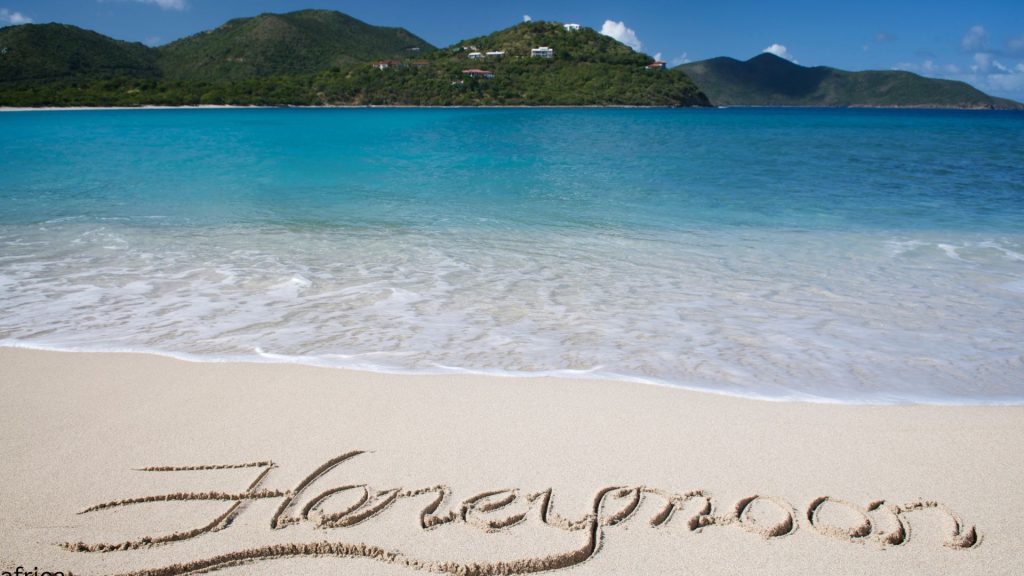Kaole Ruins
KAOLE RUINS BAGAMOYO
Kaole is a national historic site located in the Bagamoyo District of the Pwani Region in Tanzania. The site is located three miles east of the historic city of Bagamoyo on the Indian Ocean coast. The area contains old Swahili coral stone ruins dating to a period between the 13th century and the 16th century. Some of the ruins date back to the 13th century and
consist of two mosques and 30 tombs.
The tombs at Kaole were built from coral stones with stone pillars that marked some of the tombs. According to local tradition, some of the tombs are the graves of local rulers who were known as diwanis. Diwanis are believed to be the descendants of Sheikh Ali Muhamad al-Hatim al-Barawi.
A small museum has been established, where some artifacts are exposed that were found in the ruins. Some of these artifacts
are Chinese and thus provide evidence of ancient commercial relationships.
In the Kaole ruins are the remains of two mosques and 30 graves from the 13th century. Around the 17th century, the settlement began to grow 2-3 miles north of Kaole. This area grew in prosperity in the 18th century. It got the name Bagamoyo as an important station in the caravan trade (the name means “relief and rest”).
A place to immerse yourself in ancient cultures
Kaole Ruins is one of the richest historic sites established in the 13th and 15th centuries. The ruins are in a small town, some 4.5 kilometers southwest of Bagamoyo, along the Indian Ocean. The remnants of the buildings were built during the administration of the Sultan of Kilwa, who had power over coastal trade even before Bagamoyo had assumed any significance.
Tourist attractions in Kaole include the remains of two mosques, one built in the 13th century—the oldest in Tanzania and East Africa—and the other built in the 15th century. Other attractions are the 22 graves, a dense strand of mangroves, a magic well,a small museum with items used during the colonial era, and the old harbor.
KAOLE RUINS HISTORY
Kaole was originally settled in the 8th century as a trading town. Mangrove poles, sandalwood, ebony, and ivory would have been the main trading items. The dwellings of the Kaole people were mostly constructed of wood, making them less durable than the stone mosques and tombs. Later on, the Zaramo people in the area called the place Kaole, meaning go and see.” The first to study the Kaole Ruins was the British archaeologist Neville Chittick, around 1958.
TRADE INDUSTRY
The most important trade goods were fish, salt, and rubber. In the first half of the 19th century, the city became a trading port for ivory and the slave trade. Traders came from the African interior on their way to Zanzibar. This explains the meaning of the word Bagamoyo (“Bwaga-Moyo”). In Kiswahili, it means “lay down your heart.” Either way, the name might have been given due to the slave trade that passed through the city (“give up all hope”). Or because of the porters who rested in Bagamoyo after carrying 35 pounds of cargo from the Great Lakes region on their shoulders (“unload and rest”).
Many European explorers, including Richard Burton, Henry Morton Stanley, and David Livingstone, began and ended their journeys here. In 1868, French missionaries founded Freedom Village in Bagamoyo as a shelter for freed slaves. For the rest of the century, the town served as a stopover for missionaries traveling inland from Zanzibar. When the German Empire decided in 1905 to build a railway from Dar es Salam to the interior, Bagamoyo’s importance began to decline, and today Bagamoyo is a center for the construction of dhow sailboats.
The government is working to preserve the colonial ruins in and around Bagamoyo and to revive the city. Bagamoyo’s tranquil pace and fascinating history make it a pleasant day or weekend trip.
TRAVEL TIME TO BAGAMOYO
Dar Es Salaam-Bagamoyo: 2 hours by car Saadani National Park, Bagamoyo: 4.5 hours by car
BEST TIME TO VISIT BAGAMOYO
The best time to visit is between June and October, the dry season when rainfall is almost non-existent. At this time, the skies are clear, and the sea waters are a stunning sapphire blue with contrasting azure. The annual highlight is the Bagamoyo Arts Festival, usually held in late September or October.
Other tourist attractions found near Kaole Ruins are Bagamoyo Stone Town, Pande Game Reserve, and Sadaan National Park.
Accessibility
The easiest way to reach the ruins on foot is by heading south of Bagamoyo for about 5km along the road, passing Chuo Cha Sanaa, to the signboard indicating where Kaole village is. Either one can hire a taxi or drive to the ruins.



